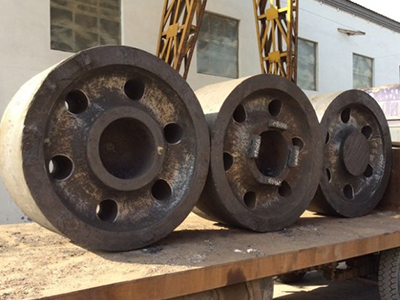- Related requirements of Mould for Steel Castings
- Application of Heat Treatment Gear Castings
- Prevention of stomata in Precision Steel Castings
- Processing process of stainless steel precision casting
- What are the requirements for the selection of rough stainless steel precision casting?
- Precision forging process of stainless steel
- Causes of insufficient precision specifications of precision castings
- Basic characteristics of Gray Iron Castings
- What is the technological process of stainless steel precision casting?
- The coating and liquidity of stainless steel precision casting coatings
- Call : +86 13390692151
- sale@kfqizhongji.com
-
Room 1, No. 21, Chaoying East Road, Zhoushi,
Kunshan City, Jiangsu Province, China
What are the reasons for stomata in stainless steel castings?
Stainless steel castings are generally referred to as steel castings made of various stainless steel materials, which are mainly used under various medium corrosion conditions. So what are the reasons why stainless steel castings have stomata?
The air permeability of stainless steel casting coating is poor or the negative pressure is not enough, and the air permeability of filled sand is poor, which can not timely discharge the waste gas and impurities in the mold cavity, and produce pores under mold filling pressure. The pouring speed is slow, and it is not filled with the sprue cup, so that the sprue is exposed, rolled into the air and sucked into the slag, resulting in air holes and slag holes.
A large number of waste gas and impurities caused by gasification decomposition of stainless steel castings can not be timely discharged from the mold, foam and coating dry sand, and the dry sand of the coating is not well dried under the high temperature of liquid aluminum alloy. the key reason for the formation of pores is that a large amount of hydrogen and oxygen are cracked into the iron castings. The tightness of the connection between the sprue and the sprue cup and the middle of the gating system is poor, especially the tightness of the connection between the sprue and the sprue cup is poor, which can be estimated and explained by Bernoulli principle.
The main reasons for stomata in stainless steel castings are those introduced above, and the reasons for stomata in our stainless steel castings are mainly shown in these places.





